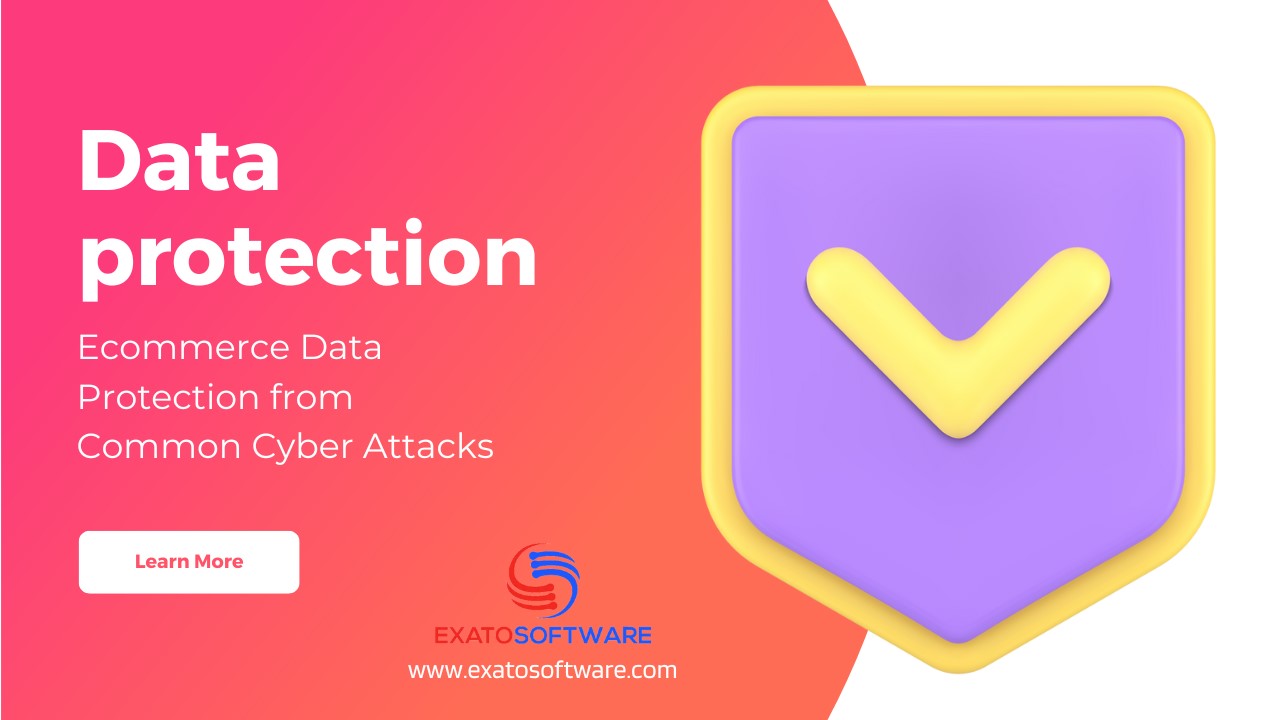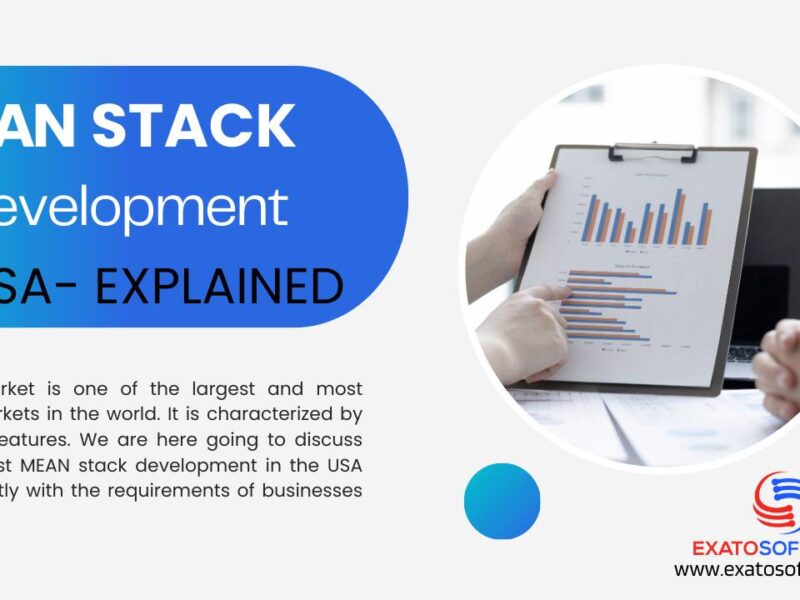Ecommerce websites are vulnerable to various cyber attacks due to the sensitive nature of the data they handle, such as customer personal and financial information.
Common cyber attacks on ecommerce websites
1. Phishing Attacks – These involve sending fraudulent emails or messages pretending to be from legitimate sources to trick users into providing sensitive information like login credentials or credit card details.
2. SQL Injection (SQLi) – Attackers inject malicious SQL code into input fields of a website to manipulate the site’s database, potentially gaining access to sensitive data.
3. Cross-Site Scripting (XSS) – Attackers inject malicious scripts into web pages viewed by other users. These scripts can steal session cookies or redirect users to malicious sites.
4. DDoS (Distributed Denial of Service) – In a DDoS attack, the attacker floods the targeted website with an overwhelming amount of traffic, making it inaccessible to legitimate users.
5. Magecart Attacks – These involve injecting malicious JavaScript code into the checkout pages of ecommerce websites to steal payment card information entered by customers.
6. Brute Force Attacks – Attackers attempt to gain unauthorized access to accounts by trying different username and password combinations until they find the correct ones.
7. Credential Stuffing – Attackers use previously leaked username and password combinations from other breaches to gain unauthorized access to accounts on the ecommerce website.
8. Man-in-the-Middle (MitM) Attacks – Hackers intercept communication between the user and the website to steal sensitive information such as login credentials or payment details.
9. Malware Infections – Malicious software can infect ecommerce websites, compromising the security of the site and potentially stealing sensitive data.
10. Data Breaches – Unauthorized access to databases or servers containing customer information can lead to data breaches, resulting in the exposure of sensitive information.
These security threats demand implementation of robust security measures to protect user and client data. Some of the commonly used measures to protect data like encryption, security audits etc. help in mitigating risk.
For gaining trust in the market and amongst users it essential to have sound and infallible security measures in ecommerce website. Amongst most popular web development technologies we will here discuss Fullstack and PHP Laravel and how websites developed in these tech stacks can be secured from cyber attacks.
Prevention of Cyber Attacks on Ecommerce Websites
Full-Stack Development
Protecting data from cyber attacks in full-stack development involves implementing security measures at various layers of the application stack.
1. Input Validation and Sanitization – Ensure that all user inputs are validated and sanitized on both the client and server sides to prevent injection attacks like SQL injection and XSS.
2. Parameterized Queries – Use parameterized queries or prepared statements when interacting with databases to prevent SQL injection attacks.
3. Cross-Site Scripting (XSS) Protection – Utilize frameworks or libraries that provide built-in XSS protection, and encode user-generated content before rendering it in web pages.
4. Content Security Policy (CSP) – Implement CSP headers to restrict the sources from which content can be loaded, reducing the risk of XSS attacks by blocking unauthorized scripts.
5. Authentication and Authorization – Implement secure authentication mechanisms like OAuth, OpenID Connect, or JWT tokens, and enforce proper authorization to ensure that users can only access the data they are authorized to see.
6. Secure Session Management – Use secure session management techniques such as session tokens with limited lifetimes, HTTPS, and secure cookies to prevent session hijacking and MitM attacks.
7. HTTPS Encryption – Always use HTTPS to encrypt data transmitted between the client and server, preventing eavesdropping and MitM attacks.
8. Two-Factor Authentication (2FA) – Implement 2FA for user accounts to add an extra layer of security, especially for accessing sensitive data or performing critical actions.
9. Rate Limiting and DDoS Protection – Implement rate limiting to restrict the number of requests from a single IP address within a specified time frame, and use DDoS protection services to mitigate the impact of DDoS attacks.
10. Regular Security Audits and Penetration Testing – Conduct regular security audits and penetration testing to identify vulnerabilities in the application and infrastructure, and promptly address any issues discovered.
11. Patch Management – Keep all software components, frameworks, and libraries up to date with the latest security patches to mitigate the risk of exploitation due to known vulnerabilities.
12. Secure Development Practices – Follow secure coding practices and guidelines, such as the OWASP Top 10, throughout the development lifecycle to minimize the introduction of security vulnerabilities.
13. Employee Training and Awareness – Educate developers, administrators, and other personnel about common security threats and best practices to ensure they understand their role in maintaining the security of the application.
These measures, if implemented throughout the Fullstack development enhance the security of your application and protect data from various cyber attacks.
PHP Laravel
When developing a website using PHP Laravel, you can take advantage of Laravel’s built-in features and integrate additional security measures to protect against common cyber attacks.
1. Input Validation and Sanitization
– Use Laravel’s validation system to validate and sanitize user inputs before processing them to prevent injection attacks like SQL injection and XSS.
– Utilize Laravel’s built-in validation rules and custom validation logic to ensure that input data meets expected criteria.
2. CSRF Protection
– Laravel provides built-in CSRF protection through tokens. Ensure that CSRF protection middleware is applied to routes that perform state-changing actions (POST, PUT, DELETE).
– Use Laravel’s `csrf_field` helper in your forms to generate CSRF tokens automatically.
3. Authentication and Authorization
– Utilize Laravel’s built-in authentication system for user authentication and authorization.
– Implement role-based access control (RBAC) to define access levels and permissions for different user roles.
– Consider using Laravel Passport for implementing OAuth2 authentication and API token generation if your application requires API authentication.
4. Secure Session Management
– Store session data securely and use Laravel’s built-in session encryption features.
– Configure session settings in `config/session.php` to use secure cookies (`’secure’ => true`) and enforce HTTPS for session transmission.
5. Database Security
– Use Laravel’s query builder or Eloquent ORM to interact with the database, which automatically provides protection against SQL injection.
– Avoid using raw SQL queries whenever possible. If necessary, use parameterized queries with Laravel’s query builder.
6. Secure Configuration
– Secure sensitive configuration values (e.g., database credentials, API keys) by storing them in environment variables or Laravel’s `.env` file.
– Avoid hardcoding sensitive information directly into the source code.
7. HTTPS Encryption
– Ensure that your Laravel application is served over HTTPS to encrypt data transmitted between the client and server.
– Configure your web server (e.g., Apache, Nginx) to enforce HTTPS and redirect HTTP traffic to HTTPS.
8. Content Security Policy (CSP)
– Implement CSP headers to restrict the sources from which content can be loaded, reducing the risk of XSS attacks.
9. Security Headers
– Configure security headers such as X-Content-Type-Options, X-Frame-Options, and X-XSS-Protection to enhance browser security and mitigate certain types of attacks.
10. Regular Updates and Security Audits
– Keep Laravel framework and dependencies up to date with the latest security patches.
– Conduct regular security audits and code reviews to identify and address potential vulnerabilities in your Laravel application.
These measures enhance the security of PHP Laravel application and protect it from common cyber attacks. Additionally, staying informed about emerging security threats and best practices is crucial for maintaining the security of your Laravel application over time.



